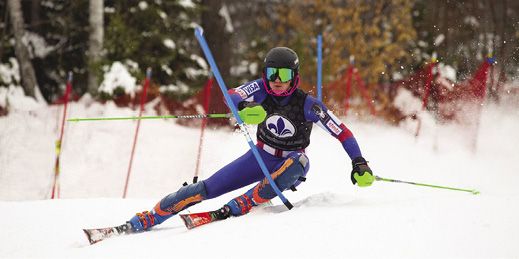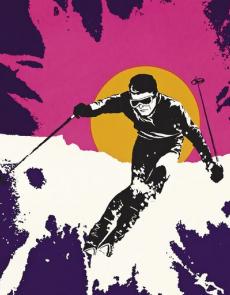SKIING HISTORY
Editor Seth Masia
Managing Editor Greg Ditrinco
Consulting Editor Cindy Hirschfeld
Art Director Edna Baker
Editorial Board
Seth Masia, Chairman
John Allen, Andy Bigford, John Caldwell, Jeremy Davis, Kirby Gilbert, Paul Hooge, Jeff Leich, Bob Soden
Founding Editors
Morten Lund, Glenn Parkinson
To preserve skiing history and to increase awareness of the sport’s heritage
ISHA Founder
Mason Beekley, 1927–2001
ISHA Board of Directors
Rick Moulton, Chairman
Seth Masia, President
Wini Jones, Vice President
Jeff Blumenfeld, Vice President
John McMurtry, Vice President
Bob Soden (Canada), Treasurer
Richard Allen, Skip Beitzel, Michael Calderone, Dick Cutler, Wendolyn Holland, Ken Hugessen (Canada), David Ingemie, Joe Jay Jalbert, Henri Rivers, Charles Sanders, Einar Sunde, Christof Thöny (Austria), Ivan Wagner (Switzerland)
Presidential Circle
Christin Cooper, Billy Kidd, Jean-Claude Killy, Bode Miller, Doug Pfeiffer, Penny Pitou, Nancy Greene Raine
Executive Director
Janet White
janet@skiinghistory.org
Membership Services
Jamie Coleman
(802) 375-1105
jamie@skiinghistory.org
Corporate Sponsorships
Peter Kirkpatrick
(541) 944-3095
peterk10950@gmail.com
Bimonthly journal and official publication of the International Skiing History Association (ISHA)
Partners: U.S. Ski and Snowboard Hall of Fame | Canadian Ski Museum and Hall of Fame
Alf Engen Ski Museum | North American Snowsports Journalists Association | Swiss Academic Ski Club
Skiing History (USPS No. 16-201, ISSN: 23293659) is published bimonthly by the International Skiing History Association, P.O. Box 1064, Manchester Center, VT 05255.
Periodicals postage paid at Manchester Center, VT and at additional mailing offices. Postmaster: Send address changes to ISHA, P.O. Box 1064, Manchester Center, VT 05255
ISHA is a 501(c)(3) public charity. EIN: 06-1347398
Written permission from the editor is required to reproduce, in any manner, the contents of Skiing History, either in full or in part.
Ski Academies, Part 2: Thinking Ahead
North American Ski Academies Look to the Future
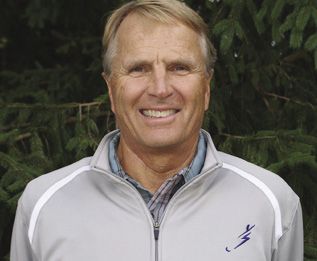
In 1970 Warren Witherell and Finn Gunderson took in the view from a hillside in East Burke, Vermont, and envisioned the concept of a ski academy..The idea—a model that combined focused athletics and academics in an environment built around trust and community—spawned Burke Mountain Academy (BMA) and the imminent creation of Stratton Mountain School (SMS) and Green Mountain Valley School (GMVS). All benefitted from Vermont’s open-minded perspective on education and dense skier population. Decades before Covid, ski academies pioneered remote learning, combining it with midweek training that dramati- cally increased students’ time on snow to 100 days a season. With all the nec- essary pieces in place, academy skiers excelled nationally.
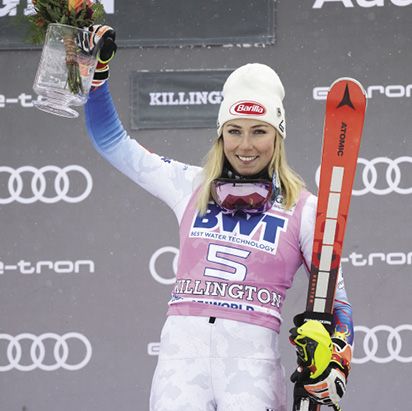
Shiffrin. BMA photo.
Photo above: Courtesy Carabasset Valley Academy
As Gunderson describes, the ski academies’ early success was also their undoing. “As the academies dominated, other programs caught on,” he explains, adding that once snowmaking became ubiquitous in the West, the season there dramatically lengthened. With the ski academy model now proven, and demand growing, the youth market exploded.
HEALTHY COMPETITION
Soon the Big Three had company. In 1975 Vermont’s Killington Mountain School opened its doors. In 1982 Carrabasset Valley Academy (CVA) in Sugarloaf, Maine, came on the scene, as did Rowmark, an academy attached to Salt Lake City’s well-established Row- land Hall prep school. Resort towns like Jackson Hole, Wyoming; Sun Valley, Idaho; Squaw Valley, California; and Steamboat, Colorado, all offered ski racing options at public, private and charter schools. The Hellman family, who had started SMS, created a Western version in 1998, the Sugar Bowl Ski Academy. In 2007, Vail Ski and Snowboard Academy became the first public ski academy, dramatically decreasing the cost of mixing school and ski racing, and increasing accessibility to the ski academy experience.
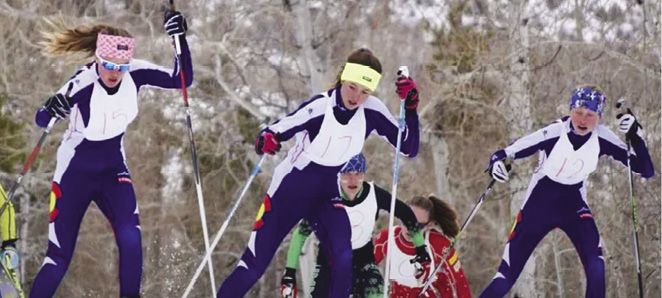
school ski academy. VSSA photo.
Meanwhile, in the East, where more than half of U.S. Ski and Snowboard’s racer population resides and where these youth can access a full range of competitions within a few hours’ drive, traditional prep schools like Proctor Academy, Holderness School, Gould Academy and Northwood School beefed up their ski programs.
In all, 27 schools now identify as ski academies across the country, with options that broaden accessibility and, therefore, the potential talent pool. This growth has allowed more ski racers to pursue the top level, increasing competition and challenging the original model. While ski racing remains the central focus, the demands for excellence in everything else—from academics and college placement to extracurricular options and standard of care—has dramatically increased. And as they have from the start, the academies adapted.
ADJUSTING THE GOALPOST
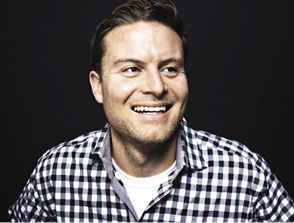
Just as expectations have changed, so, too, has the motivation to attend academies. With more athletic competition from across the country, and a longer development track in the sport, making the U.S. Ski Team in high school is now an unlikely outcome—but it’s also less of a priority. Burke headmaster Willy Booker, himself a BMA graduate, can’t pinpoint when that attitude shifted but notes that in the interview process, few kids men- tion the Olympics or the U.S. Ski Team as a goal. Most focus on skiing for a good NCAA Division 1 school. “When I came to Burke, college placement wasn’t even a thought,” Booker recalls.
At the same time, getting into the most desirable schools has also become more competitive: In 1997 students applying to Dartmouth—an Ivy League school with a top NCAA ski team— had a 25 percent chance of getting in. This year, the acceptance rate was less than 8 percent of applicants. As colleges have gotten more selective, high schools that offer a proven pathway in, as well as character-building values, are highly coveted. Successful college-placement outcomes now include not only the 20 schools with NCAA ski teams, but also the 175 schools in the USCSA that offer a wide range of academic and athletic options.
Ski academies stack up favorably against their prep-school peers on tuition, and what they lack in diverse academics and general athletic facilities, they make up for in specialized staff, pro- gramming and venues. “You can’t make an apples-to-apples comparison,” says Booker. “The athletics are worlds apart.”
COST: THE COMMON ENEMY
During the 2022 Beijing Olympics, one article not about Mikaela Shiffrin grabbed the public’s attention—a Wall Street Journal piece entitled “U.S. Alpine Ski Racing’s $500,000-per-Kid Problem.” It highlighted the “financial doping,” from a young age, that is narrowing skiing’s Olympic pipeline.
The number is not an exaggeration, especially for kids attending private ski academies. Lost in that headline, however, is the fact that kids are also getting a private school education at a small boarding school, learning the values those schools hold dear and then getting into top colleges. Demand for that avenue to success will likely remain strong and thus maintain the viability of academies, each of which already offers more than $1 million annually in financial aid and scholarships. The academies work hard to build their endowments in order to broaden accessibility. Furthermore, the aggregation of facilities and staff at state-of-the-art venues greatly benefits the full spectrum of the ski racing com- munity, from junior to post-graduate.
More critical to ski academy survival than tuition is the viability of the entire sport. The two most challenging issues ski racing faces are snow and cost. The quest for snow, a diminishing resource, is increasingly expensive. Keeping costs in check is a universal theme of ski programs looking to survive and includes initiatives like snow farming to extend the ski season into spring and reducing off-season travel. Nevertheless, as Booker says, “For the immediate future, we see travel as part of the necessity of what’s going to happen.”
That travel comes from the desire to increase days on snow, which puts Eastern academies at a geographical disadvantage. As winters grow warmer, the original gold standard—100 days on snow—that con- ferred such an advantage to ski academy athletes, is now harder to achieve in many venues. Moreover, 100 days of on-snow training is now deemed inadequate. With improved snowmaking in the West, Colorado athletes can log 150 annual days on snow with minimal out-of-region travel, while Eastern skiers can still only rely on those 100 days at home and must travel significantly for the rest.
With the added prices of lane fees, lift tickets and lodging, it is often less expensive for Eastern skiers to travel to Europe for training than to Colorado. Plus, the cost of ski equipment, and the amount needed, has also risen dramati- cally, while gear sponsorships—nearly ubiquitous for all academy racers a generation ago—are now exceedingly rare.
The other major contributor to cost in all ski clubs, but especially at academies that now require specialized employees in both academics and athletics, is staffing. Covid initiated a mass migra- tion of remote workers to mountain towns, especially in the West, driving up property values and rents. GMVS and Burke have both acquired adjoin- ing land and structures to expand their campuses and offer more staff housing, but it remains an ongoing challenge.
This not only affects staff, but also drives out the local mountain families with homegrown athletes who traditionally took advantage of financial aid at ski academies and factored heavily into the talent pool. No amount of financial aid will help if families are priced out by real estate, equipment and travel, and can’t get into the sport in the first place.
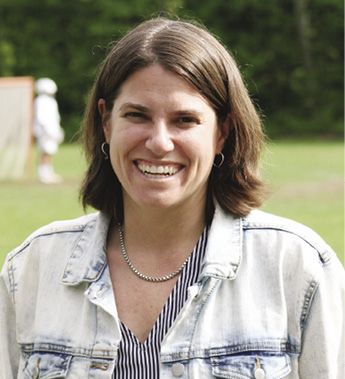
GMVS photo
SOLUTIONS, FROM THE GROUND UP
One way in which academies hope to remain competitive is by growing their talent pool right at home, building lifetime miles on snow when kids are young. Then by the time kids are of ski academy age, they will already have the basics in place to optimize further development. “By the time skiers are U16 they might be 200 days behind,” says GMVS headmaster Tracy Keller. “We are looking behind the pipeline to offer more midweek skiing for younger skiers.” Academies have robust feeder clubs that capture local skiers. Burke’s junior program is run by Olympic gold medalist and BMA alum Diann Roffe, with the idea that building the right fundamentals into kids’ skiing is a key for future success.
On the other end of the age spectrum, all academies provide high-level post-grad programs to help top athletes, who at age 18 are still years away from realizing their athletic potential in the sport, continue elite development towards collegiate or national teams.
PARTNERSHIPS AND COOPERATION
Burke has forged a partnership with Baerums ski club in Norway to help defray the costs of off-season camps by sharing equipment and staff in each place. GMVS has explored a relationship with Apex 2100 academy in France. SMS’s ground-breaking partnership with the T2 Foundation created a home base for post-grad Nordic skiers. Since 2013 SMS T2 athletes have won world championship medals at every level (U18, World Juniors, U23s and the World Championships themselves).
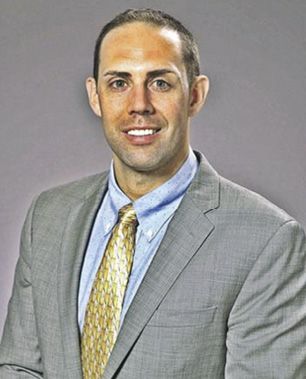
SMS photo.
In season, academies also work closely with their home mountains to optimize access. “We are mindful that the Rockies are offering a longer season,” says SMS headmaster Carson Thurber, “but we still find plenty of days on snow.” Stratton Mountain guarantees SMS access to the first trails open early season, while the academy also takes advantage of Eastern resorts like Sunday River, Maine, that get early sea- son snow and are more cost- and time- effective than traveling to Colorado.
One benefit of Covid was increased collaboration among ski academies, which banded together to work with the state of Vermont in order to have any kind of competition season. As Thurber explains, “Everyone is willing to be a good partner and neighbor, and that was not always the case.”
This new spirit of collaboration could help academies control costs by working with each other, and also enable them to use their combined voices to influence changes for a more sustainable future. Recently BMA hosted a sum- mit for Eastern academies with Sophie Goldschmidt, the new CEO of U.S. Ski and Snowboard. The academies formed a coalition to advocate for more resources in the East. Their influence could also urge the national governing body toward policies to support the sport’s long-term health, such as minimizing travel at younger ages, reserving out-of-region trips for necessary competitions and scheduling important races later in the season to reduce the advantage gained by those who can afford early-season travel.
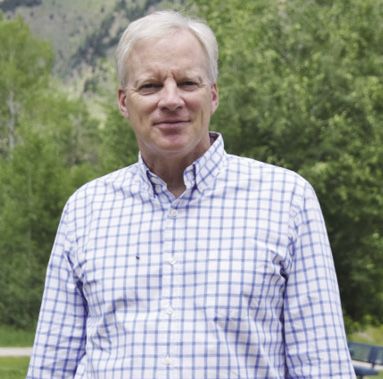
EMBRACING THE SPECIAL SAUCE
On the topic of academies, Kirk Dwyer is both an expert and an optimist. He came to GMVS in its second year and stayed for 25. He next served as headmaster at BMA for 16 years and then as executive director at Ski and Snowboard Club Vail for six years. In 2021 he returned East as Alpine program director at CVA. The biggest challenge for all of the academies, he says, is attracting more kids to the sport and retaining them. He points out that the new norm of excessive travel carries not only financial costs but also opportunity costs, leaving Eastern acad- emies less time to exploit their natural strengths. As Dwyer says, “Success comes when you are the best you can be, not when you try to be someone else.”
Rather than simply racing toward more days on snow to emulate their Western peers, Dwyer believes Eastern academies should embrace their advan- tages in everything from independent academic calendars to co-ed training to the region’s dense competitive landscape. Less travel would allow them to leverage their unique cultures, which breed cre- ativity, physical strength, independence, innovation and community.
He also suggests that academies could use their shared voice to advo- cate for the sport’s sustainability. “We could agree that we’re going to try to limit, especially in the East, how much we race because we have fewer days on snow,” says Dwyer, who describes how over-racing detracts from the valuable days on snow. By fully exploiting all the resources, facilities and days on snow at home, then supplementing them with necessary camps, “you start to really bend the cost curve,” says Dwyer.
Finn Gunderson has seen how the positive impact of ski academies goes beyond racing and into life overall. “We created something different, and skiing was the vehicle,” he says. “The whole idea that these kids in the fall will carry wet hay bales up the training hill—that stuff changes you.” Gunderson has since moved from ski to soccer academies.
When he considers the future of ski racing, though, he thinks big picture: a paradigm change to boost participation and accessibility; regional development centers and additional fundraising to pro- vide free training and travel for kids.
When thinking of the possibilities, he harkens back to his memory of standing in a field with Warren With- erell, with no plan and no money but a vision. “To people who say, ‘You’re a dreamer,’ I say, ‘You should have been at Burke in 1970.’”
Olympian Edith Thys Morgan is a regular contributor to Skiing History. The first part of this article ran in the July-August issue.
Table of Contents
WORLD CHAMPIONSHIP ($3,000+)
BerkshireEast/Catamount Mountain Resorts
Gorsuch
Warren and Laurie Miller
Sport Obermeyer
Polartec
CHAMPIONSHIP ($2,000)
Fairbank Group: Bromley, Cranmore, Jiminy Peak
Hickory & Tweed
Rossignol
Snowsports Merchandising Corporation
WORLD CUP ($1,000)
Aspen Skiing Company
Atomic USA
Bogner of America
Boyne Resorts
Dale of Norway
Darn Tough Vermont
Dynastar/Lange/Look
Gordini USA Inc/Kombi LTD
Head Wintersports
Intuition Sports
Mammoth Mountain
Marker/Völkl USA
National Ski Areas Association
North Carolina Ski Areas Association
Outdoor Retailer
Ski Area Management
Ski Country Sports
Sports Specialists Ltd
Sugar Mountain Resort
Sun Valley Resort
Vintage Ski World
World Cup Supply
GOLD MEDAL ($700)
Larson's Ski & Sports
Race Place/Beast Tuning Tools
The Ski Company (Rochester NY)
Thule
SILVER MEDAL ($500)
Alta Ski Area
Boden Architecture PLLC
Dalbello Sports
Deer Valley
EcoSign Mountain Resort Planners
Elan
Fera International
Holiday Valley Resort
Hotronic USA/Wintersteiger
Kulkea
Leki
Masterfit Enterprises
McWhorter Driscoll LLC
Metropolitan New York Ski Council
Mt. Bachelor
New Jersey Ski & Snowboard Council
Nils
Russell Mace Vacation Homes
SchoellerTextil
Scott Sports
Seirus Innovations
SeniorsSkiing.com
Ski Utah
Snowbird Ski & Summer Resort
Steamboat Ski & Resort Corp
Sundance Mountain Resort
Swiss Academic Ski Club
Tecnica Group USA
Timberline Lodge and Ski Area
Trapp Family Lodge
Wendolyn Holland
Western Winter Sports Reps Association
World Pro Ski Tour

